
Up nearly 3% from the beginning of the year
Last weekend, the USD reached a new "peak" when the central exchange rate announced by the State Bank reached its highest level in history: 25,031 VND/USD (June 20). The reference exchange rate at the State Bank's Transaction Office was also adjusted up to 23,830 VND/USD (buy) - 26,232 VND/USD (sell). Compared to the trading session of the previous week (June 13), the central exchange rate increased by 56 VND, and compared to the first session of 2025, the exchange rate increased by 696 VND, far exceeding all forecasts...
The "escalating" central exchange rate also caused the USD price listed at commercial banks at the end of the week to increase, in which, the listed exchange rate at the Joint Stock Commercial Bank for Foreign Trade of Vietnam (Vietcombank): 25,892 VND/USD (buy) - 26,282 VND/USD (sell); Joint Stock Commercial Bank for Investment and Development of Vietnam ( BIDV ): 25,922 VND/USD (buy) - 26,282 VND/USD (sell).
Overall, the exchange rate at Vietcombank and BIDV increased by 59 VND in selling price compared to the previous weekend. Compared to the opening session of 2025, the listed exchange rate at Vietcombank increased by 671 VND in buying price and 731 VND in selling price; at BIDV, it increased by 643 VND in buying price and 731 VND in selling price. If the experts' forecast is that the exchange rate will increase by 2-3% in 2025, the 3% threshold has been almost reached while there are still nearly 6 months left until the end of 2025.
In the free market, last weekend, the USD exchange rate was commonly traded at 26,310 VND/USD (buy) - 26,410 VND/USD (sell), while the opening session of 2025 was 25,717 VND/USD (buy) - 25,817 VND/USD (sell), an increase corresponding to the official market.
However, it is worth noting that the domestic exchange rate moves in the opposite direction to the world market. While the Dollar Index (DXY) measures the health of the USD against other major currencies in the international currency basket, the domestic exchange rate continues to increase. At the end of the week, DXY decreased by 0.26% to 98.65 points, but at the beginning of the year, this index reached 108.53 points. In June, the DXY index fell to its lowest level in the past 3 years and decreased by nearly 10% compared to the beginning of the year.
Pressure does not come from external factors.
Explaining the reason for the increase in domestic exchange rates in the context of the decrease in the USD in the international market, according to the analysis of the representative of Vietcombank Securities Company (VCBS), this shows that the pressure on the exchange rate does not come from external factors, but mainly originates from the domestic market. The speculative psychology of USD of both individual and institutional investors remains high. This factor reflects the caution of the market in the context of no official information related to the results of tariff negotiations between Vietnam and the US. The deadline for postponing the application of the corresponding tax rate for the 90-day period of President Trump will end in early July, causing investors to tend to shift to defensive assets such as the USD. Thereby, continuing to strengthen the psychology of holding foreign currencies and increasing pressure from domestic demand.
However, according to VCBS, this speculative sentiment is only short-term in the period of low information about the results of tariff negotiations. It is forecasted that the exchange rate will send a clearer signal of cooling down in the coming time when Vietnam still proves its solid foundation of stability and remains an ideal destination for investment capital flows and production and business activities.
However, there are also many opinions that maintaining exchange rate stability will face many challenges this year due to a number of factors, of which the risk related to reciprocal taxes will be a factor that has a major impact on the USD/VND exchange rate in 2025. In addition, the State Treasury continued to buy foreign currency in May (since the beginning of the year, it has bought 1.6 billion USD) and the gap between VND/USD interest rates remains high, causing the exchange rate to continue to increase.
Economist Dr. Can Van Luc said that the USD/VND exchange rate in 2025 will increase by about 3%, reflecting the relative depreciation of the Vietnamese Dong compared to the USD, in line with global economic developments and internal factors. However, the State Bank still controls exchange rate fluctuations within the permitted range, contributing to macroeconomic stability. Enterprises need to closely monitor exchange rate developments to proactively prevent risks and develop appropriate business plans.
However, there are still some factors that can cause the USD to depreciate, supporting the VND in the short term, such as the worsening global trade and economic situation when recently, the World Trade Organization (WTO) forecasted that the world's merchandise trade volume in 2025 would decrease by 0.2%, the lowest in recent years.
In addition, if the US Federal Reserve (Fed) reduces interest rates, the attractiveness of the USD will also decrease. In addition, another factor affecting the exchange rate is the trend of investors diversifying their asset portfolios and no longer focusing on holding USD as before, causing the USD to gradually lose its dominant position in the international market, thereby contributing to the possibility that the USD/VND exchange rate may fluctuate in a downward direction.
Source: https://hanoimoi.vn/ty-gia-se-lap-dinh-moi-706553.html




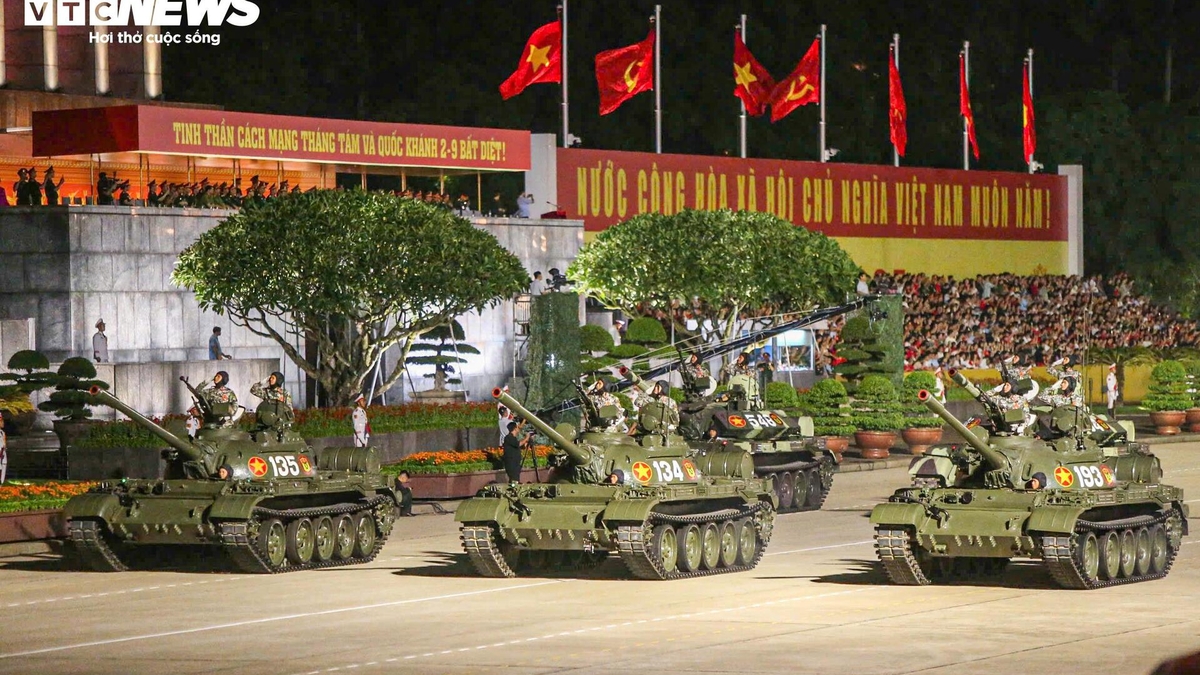



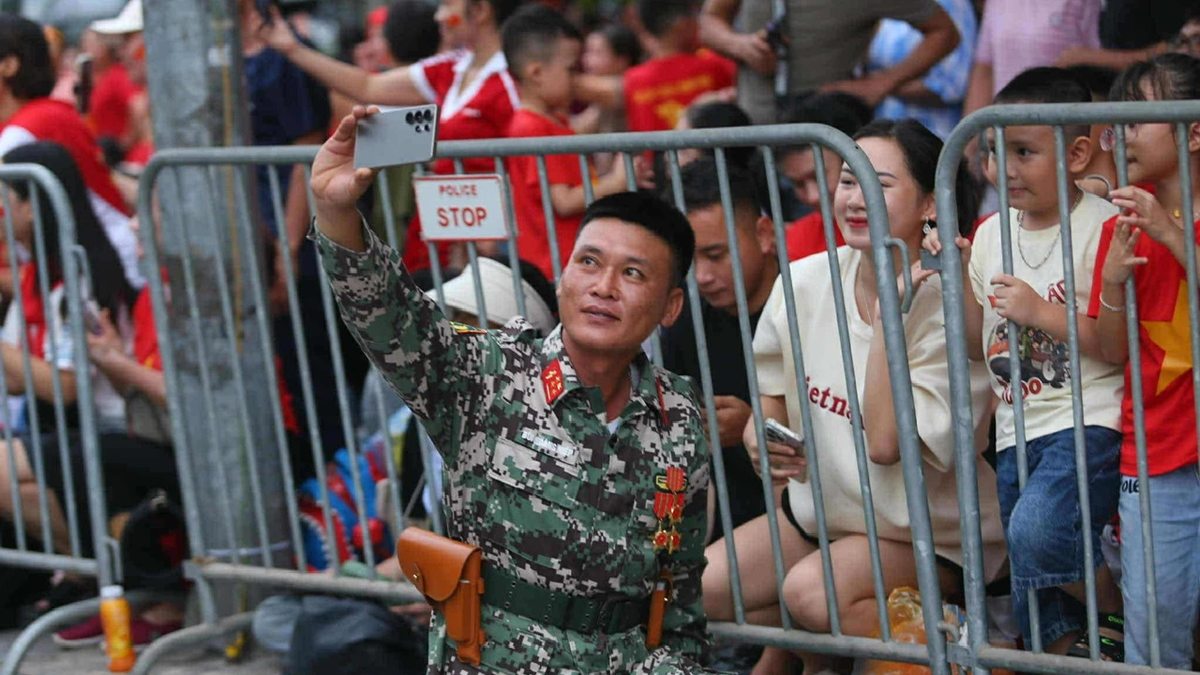




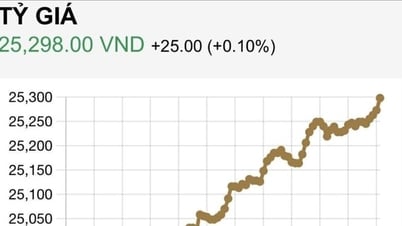



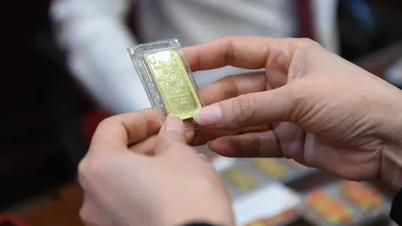





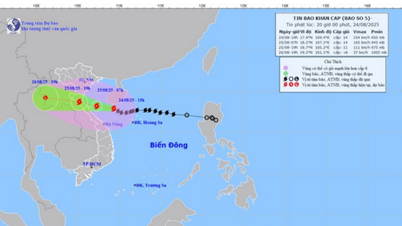
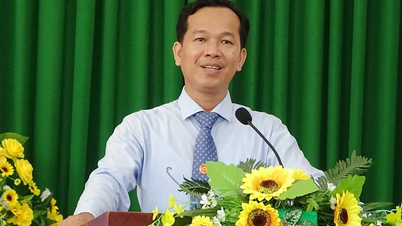












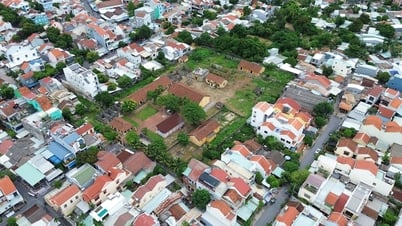






















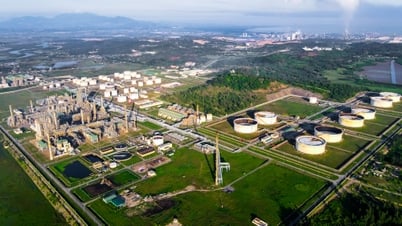






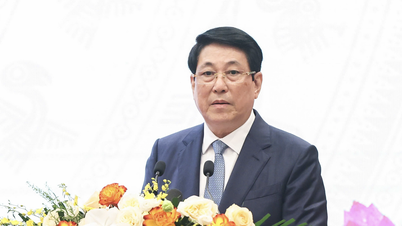


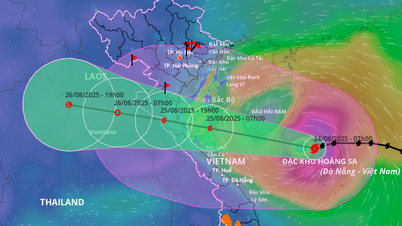


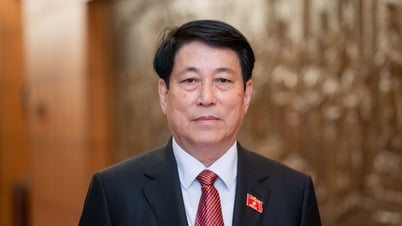









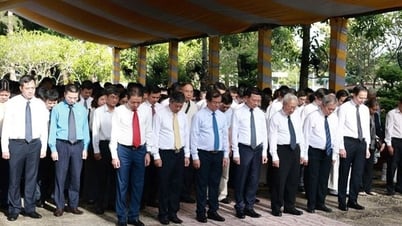



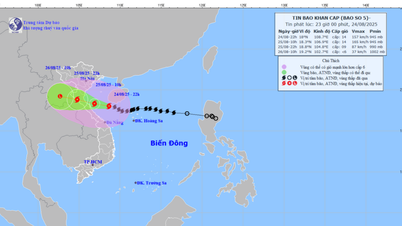










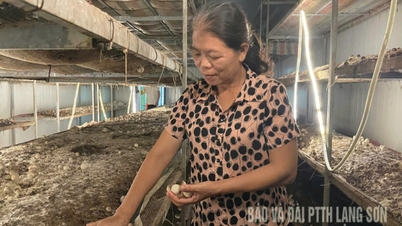






Comment (0)